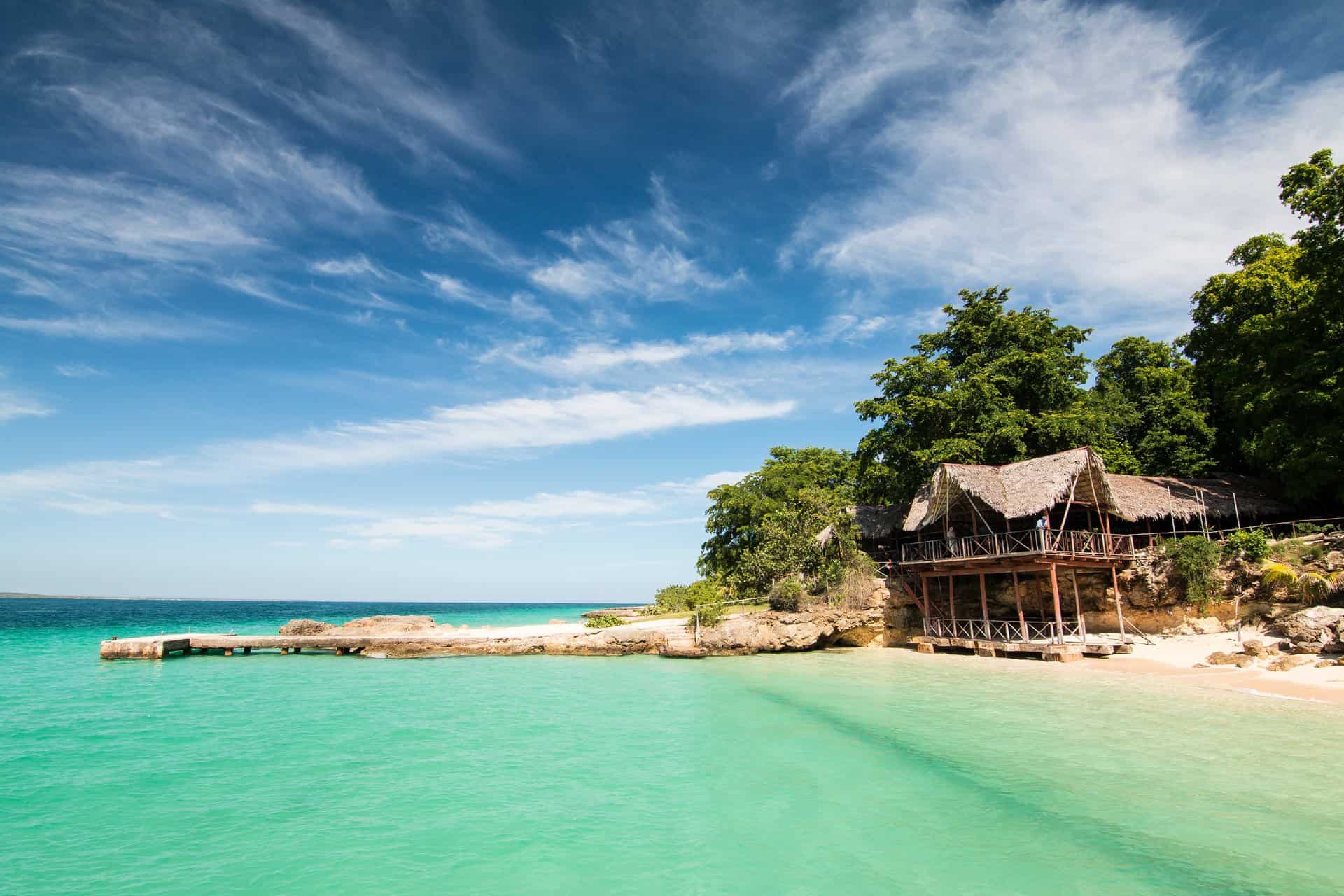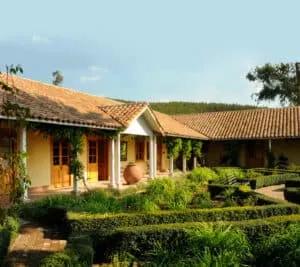
Matetic Biodynamic Winery is only an hour from Santiago airport, perfect for either lunch & wine tasting between morning and evening flights, or for a few nights’ stay at charming boutique hotel, La Casona.
Famous for producing some of Chile’s best organic and biodynamic wines, Matetic is located in the Rosario Valley and features ideal climatic and topographic conditions for both red and white wines.
What we love about Matetic Biodynamic Winery
- Matetic’s boutique hotel, La Casona, was built in the year 1900. The colonial building has 10 spacious rooms, a swimming pool and an elegant living room with a fireplace. It is the perfect space for visitors to have an authentic experience of life at a working vineyard.
- Matetic uses llamas and chickens instead of tractors on the vineyards!
Alpacas are the local lawnmowers; eating pests, and certain ducks, chickens and geese will be going after some of the bugs. The wine makers at Matetic harvest and sort the grapes by hand for the purest result. - Encircled by fields and vineyards intersected with trails for hiking and horse riding, this location boasts a superb restaurant offering authentic Chilean delicacies.
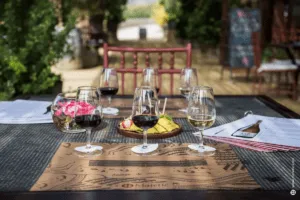
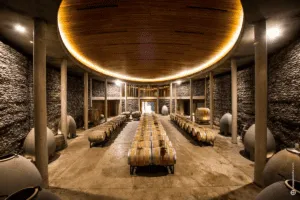
There’s plenty to do from wine tasting to horse riding through the vineyards with the Huasos wearing traditional ponchos and straw hats.
It’s great for families, unlike many wineries – they put on grape juice tastings for the kids, and the bikes have kids’ seats so you can go on family bike rides and enjoy picnics in the vineyards. You can also explore art galleries and historic buildings in the colourful harbour town of Valparaiso, just 40 minutes away.
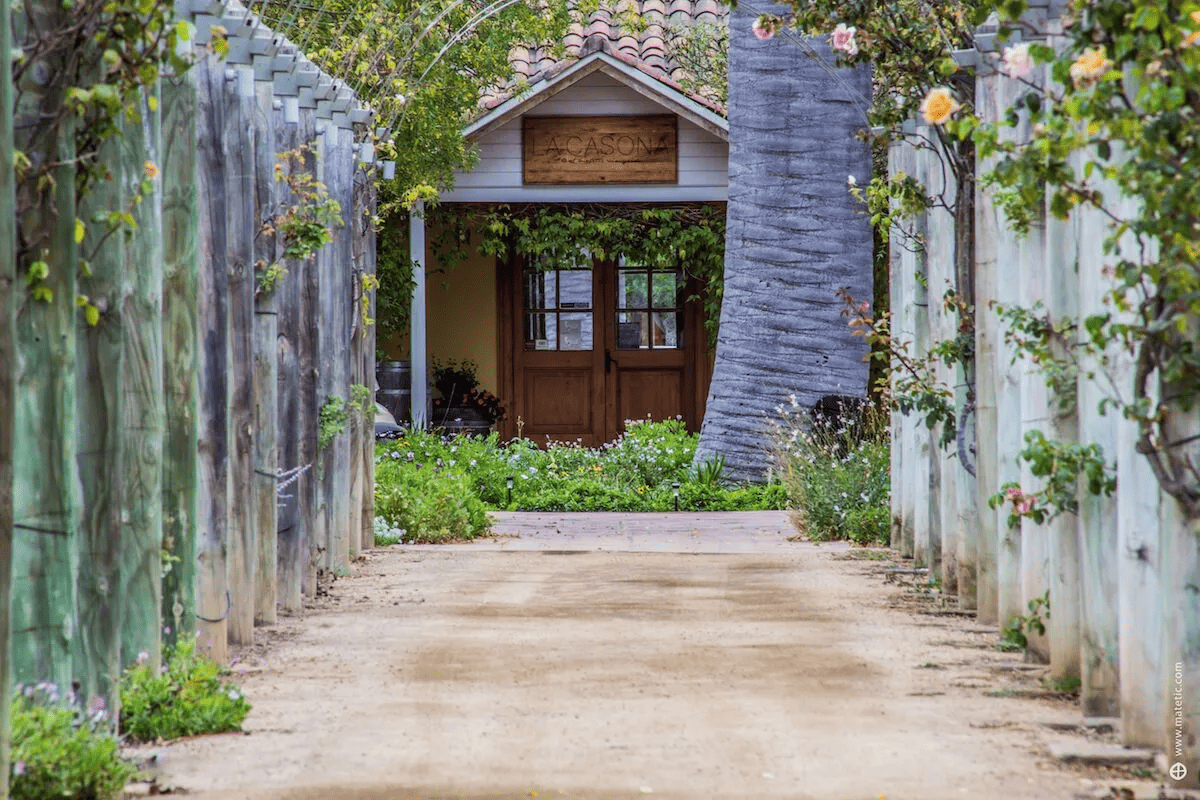
Break up the journey between Patagonia and the Atacama Desert with a couple of days in the Chilean wine region just outside the capital city of Santiago.
Matetic is set just off the motorway connecting Santiago and Valparaiso. It is about an hour and 20 minutes from the former and less than an hour from the latter, making it the perfect stop-off between the two.
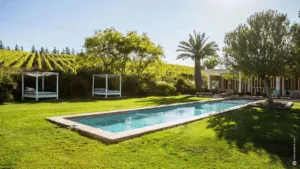
When to Travel
February to May
The local climate is particularly pleasant. The property is gently buffeted by coastal winds creating the perfect conditions for white wine and also a very agreeable temperature for guests even in the height of summer.
The best time to visit Matetic Biodynamic Winery is during the grape harvest season, which typically takes place from late February to early May.
INQUIRE NOW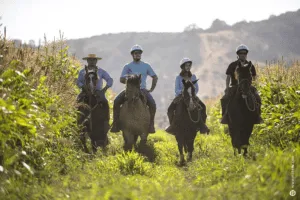
LONDON OFFICE
+44 (0)20 7993 6930US OFFICE
+1 646 688 2317Let’s Start Planning
"*" indicates required fields
